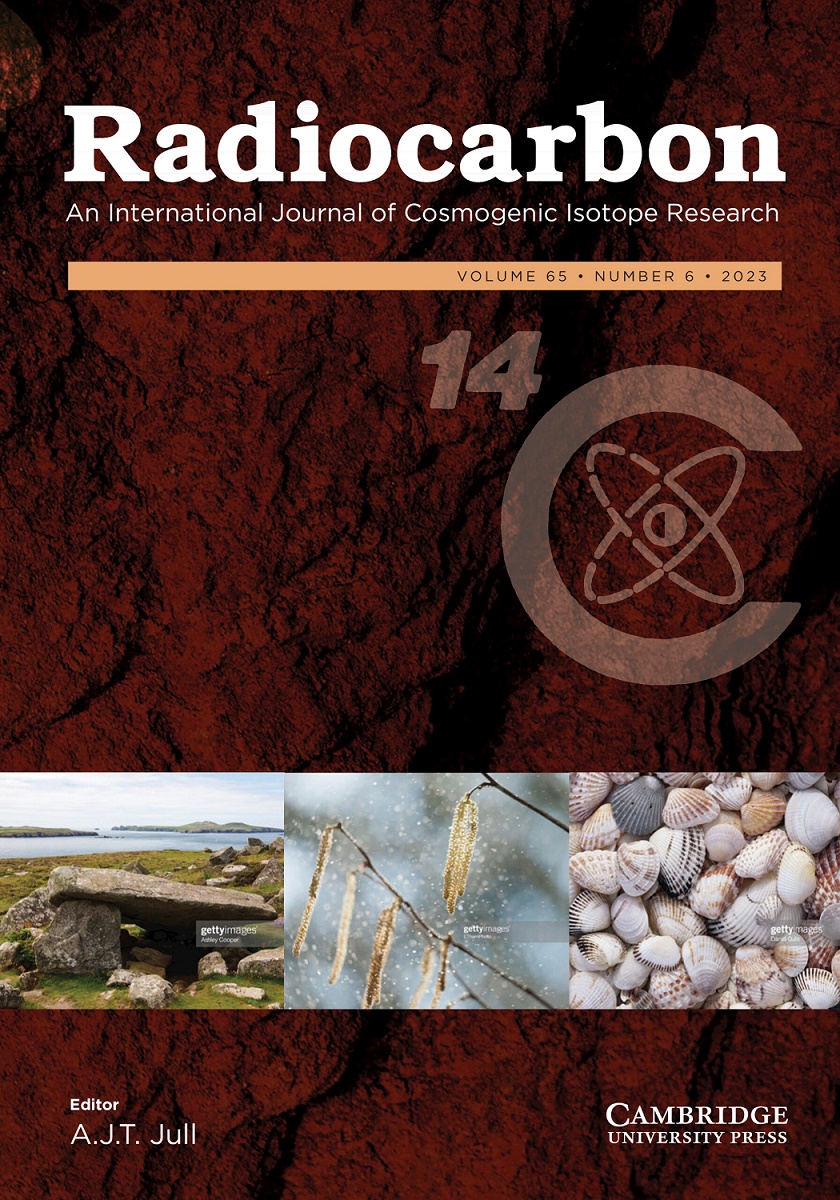监测一次性包装中的现代碳成分
IF 1.3
3区 地球科学
Q2 GEOCHEMISTRY & GEOPHYSICS
引用次数: 0
摘要
利用放射性碳(14C)方法调查了不同生物基一次性包装产品中生物碳的存在情况。包装废弃物是城市固体废弃物的重要组成部分,日益受到环境关注,欧盟也因此加强了旨在减少包装废弃物的法规。样品中的 14C 含量反映了生物碳的使用量。在这项研究中,我们测定了杯子、盘子、吸管、餐具和烘焙纸等常用一次性包装中的 14C 浓度。样品由纸、麦麸、甘蔗和木材等材料制成。通过加速器质谱(AMS)技术测量,所有检测样本中 14C 同位素的平均浓度均大于 100 pMC,这表明这些样本是现代样本。样品防水层中相对较高的 14C 浓度值表明,其生产过程中使用的是生物塑料,而不是塑料。使用最古老生物质(木材和纸张)的样品测得的 14C 同位素浓度值最高,而使用当前作物(甘蔗和麦麸)的产品测得的 14C 同位素浓度值最低,这与生物圈中 14C 浓度的变化趋势一致。这项研究还解决了子样本的异质性和代表性问题。本文章由计算机程序翻译,如有差异,请以英文原文为准。
MONITORING OF MODERN CARBON FRACTION IN DISPOSABLE PACKAGING
Radiocarbon (14 C) methodology was used to investigate the presence of biocarbon in different bio-based disposable packaging products. Packaging waste contributes to a municipal solid waste, which is increasing environmental concerns and resulting in the enhancement of EU regulations that aim to reduce packaging waste. The 14 C amount in samples reflects how much of the biocarbon has been used. In this study, the concentration of 14 C was determined in commonly used types of disposable packaging, such as cups, plates, straws, cutlery, and baking paper. Samples were made of materials such as paper, wheat bran, sugarcane, and wood. The mean concentration of the 14 C isotope, measured by the accelerator mass spectrometry (AMS) technique, is greater than 100 pMC in all tested samples, indicating that the samples are modern. The relatively high 14 C concentration values in the waterproof layer of the sample indicate that bioplastic, rather than plastic, was used in its production. The highest 14 C isotope concentration values were measured for samples that used the oldest biomass (wood and paper), and the lowest for products from current crops (sugarcane and wheat bran), which is consistent with the trend of changes in 14 C concentration in the biosphere. The study also addresses the problem of heterogeneity and representativeness of subsamples.
求助全文
通过发布文献求助,成功后即可免费获取论文全文。
去求助
来源期刊

Radiocarbon
地学-地球化学与地球物理
CiteScore
16.20
自引率
6.00%
发文量
85
审稿时长
6-12 weeks
期刊介绍:
Radiocarbon serves as the leading international journal for technical and interpretive articles, date lists, and advancements in 14C and other radioisotopes relevant to archaeological, geophysical, oceanographic, and related dating methods. Established in 1959, it has published numerous seminal works and hosts the triennial International Radiocarbon Conference proceedings. The journal also features occasional special issues. Submissions encompass regular articles such as research reports, technical descriptions, and date lists, along with comments, letters to the editor, book reviews, and laboratory lists.
 求助内容:
求助内容: 应助结果提醒方式:
应助结果提醒方式:


